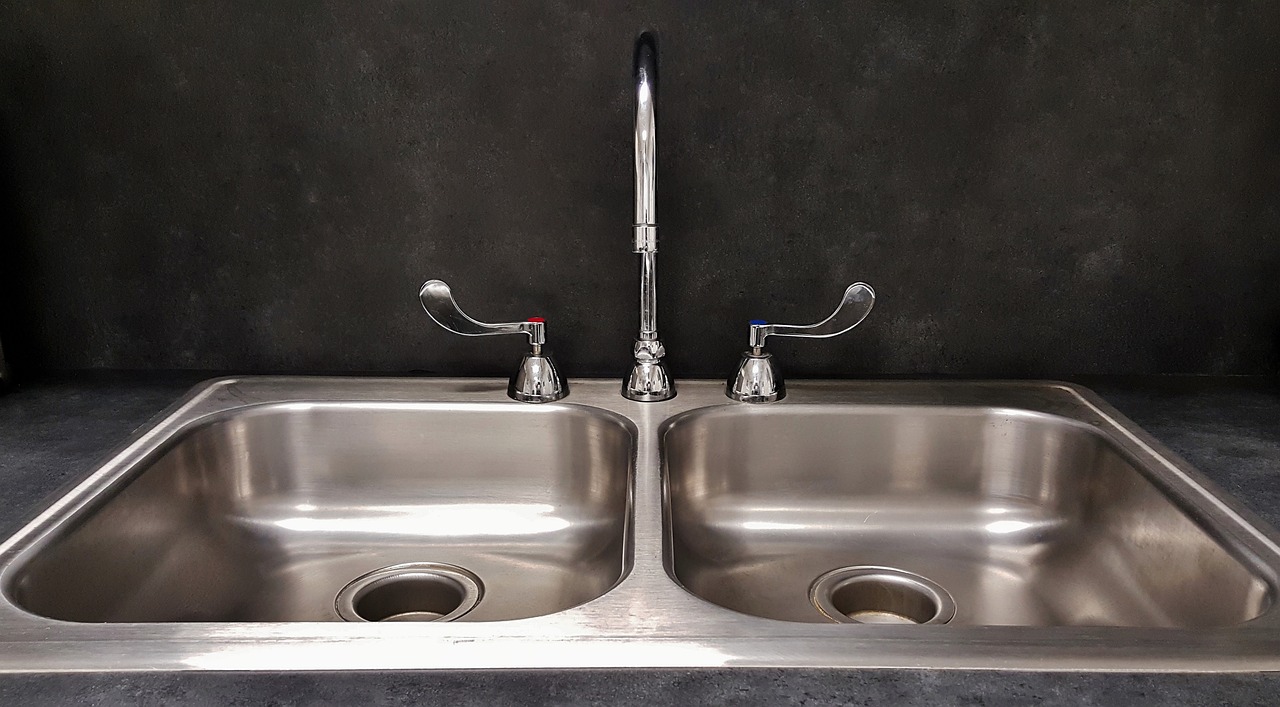Kitchen faucets are an essential part of every household, used multiple times a day. With frequent use, it’s common for the kitchen faucet to become dirty and unsightly. If not cleaned regularly, the faucet may accumulate grime, hard water stains, and other build-ups. These build-ups may damage the faucet’s finish and create a breeding ground for bacteria and other harmful microbes. Regular cleaning of your kitchen faucet is necessary to keep it in good condition and prolong its lifespan. In this article, we will provide you with some tips on how to clean your kitchen faucet.
Step 1: Gather the Necessary Supplies
Before cleaning your kitchen faucet, ensure you have all the necessary cleaning supplies. For this task, you’ll need a mild soap or dish detergent, a soft-bristled brush or cloth, a bucket of warm water, white vinegar, and baking soda.
Step 2: Turn off the Water Supply
Before you begin cleaning the kitchen faucet, it’s essential to turn off the water supply. You can do this by closing the valves under the sink. This step will prevent water from flowing while you clean and avoid any accidents.
Step 3: Clean the Exterior of the Faucet
To clean the exterior of the faucet, start by wetting a soft-bristled brush or cloth in a bucket of warm water. Then add a small amount of mild soap or dish detergent and gently scrub the faucet’s surface. Pay attention to areas where dirt and grime may accumulate, such as the base, handle, and spout. Rinse the faucet thoroughly with warm water and dry it with a clean cloth.
Step 4: Remove Hard Water Stains
Hard water stains can make your faucet look old and worn out. To remove these stains, mix equal parts of white vinegar and water in a spray bottle. Spray the solution on the affected areas and let it sit for a few minutes. Then, use a soft-bristled brush or cloth to scrub the stains away gently. Rinse the faucet with warm water and dry it with a clean cloth.
Step 5: Clean the Aerator
The aerator is the small screen that screws onto the end of the faucet spout. Over time, it can become clogged with debris and mineral buildup, affecting the water flow. To clean the aerator, unscrew it from the spout and soak it in a bowl of warm water mixed with white vinegar for 15-20 minutes. Use a small brush or toothbrush to scrub the aerator gently, removing any remaining debris. Rinse it with warm water and reattach it to the faucet.
Step 6: Clean the Faucet Cartridge
The faucet cartridge is a small valve inside the faucet handle that controls the water flow. If it becomes dirty or damaged, it can cause water leaks or reduced water pressure. To clean the cartridge, remove the handle and use a soft-bristled brush or cloth to clean the valve. You may also need to replace the cartridge if it’s worn out or damaged.
Step 7: Polish the Faucet
To give your kitchen faucet a shiny and polished look, sprinkle baking soda on a soft-bristled brush or cloth and gently scrub the faucet’s surface. Rinse it with warm water and dry it with a clean cloth. Baking soda is an effective natural cleaner that removes stains and polishes surfaces without causing any damage.
In conclusion, cleaning your kitchen faucet is a simple and easy process that should be done regularly to keep it in good condition. By following these steps, you can remove dirt, grime, hard water stains, and other build-ups from your faucet and prolong its lifespan. Remember to turn off the water supply before cleaning the faucet, use mild soap and vinegar to remove stains, clean the aerator and faucet cartridge, and polish the faucet with baking soda for a shiny finish.
